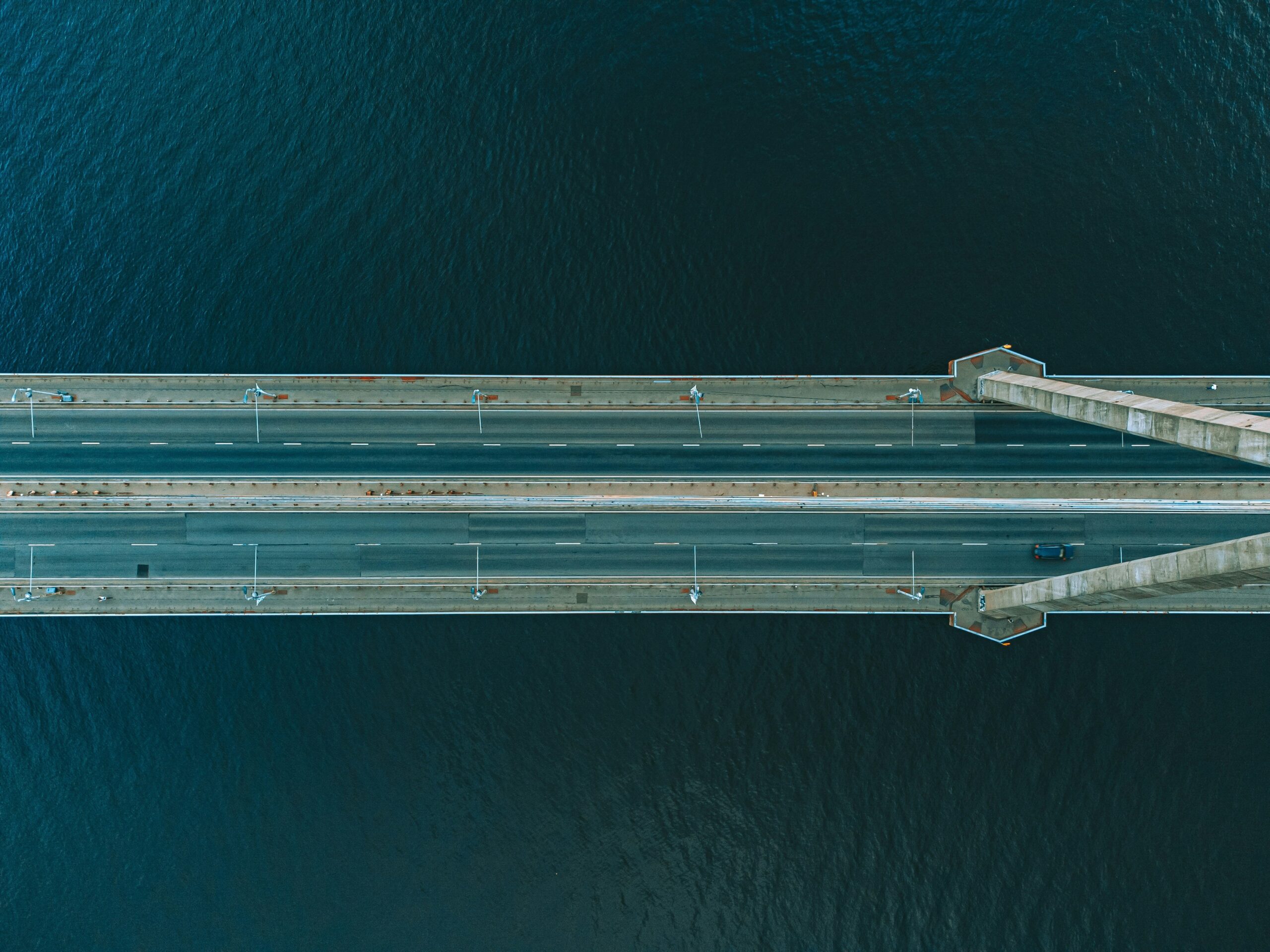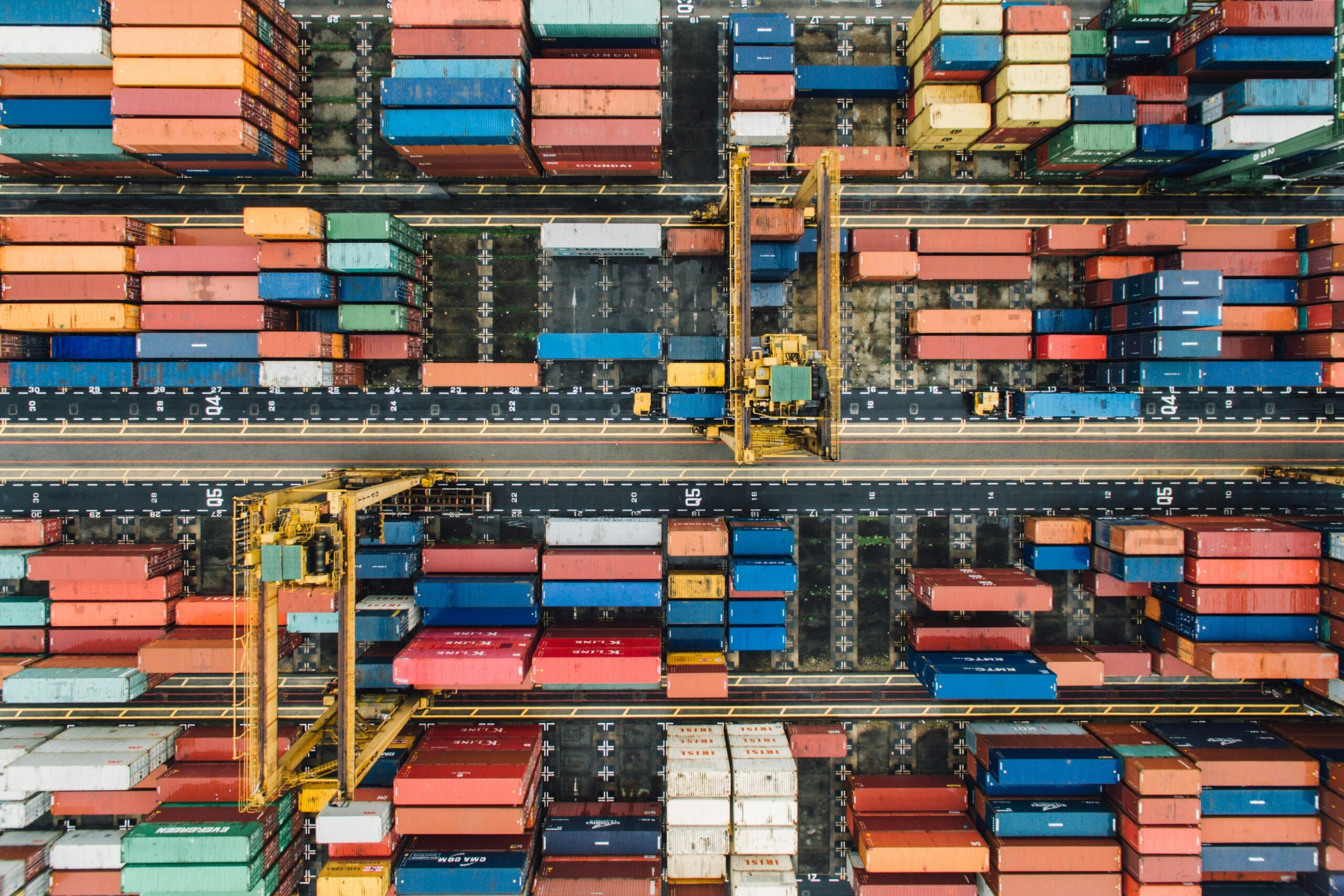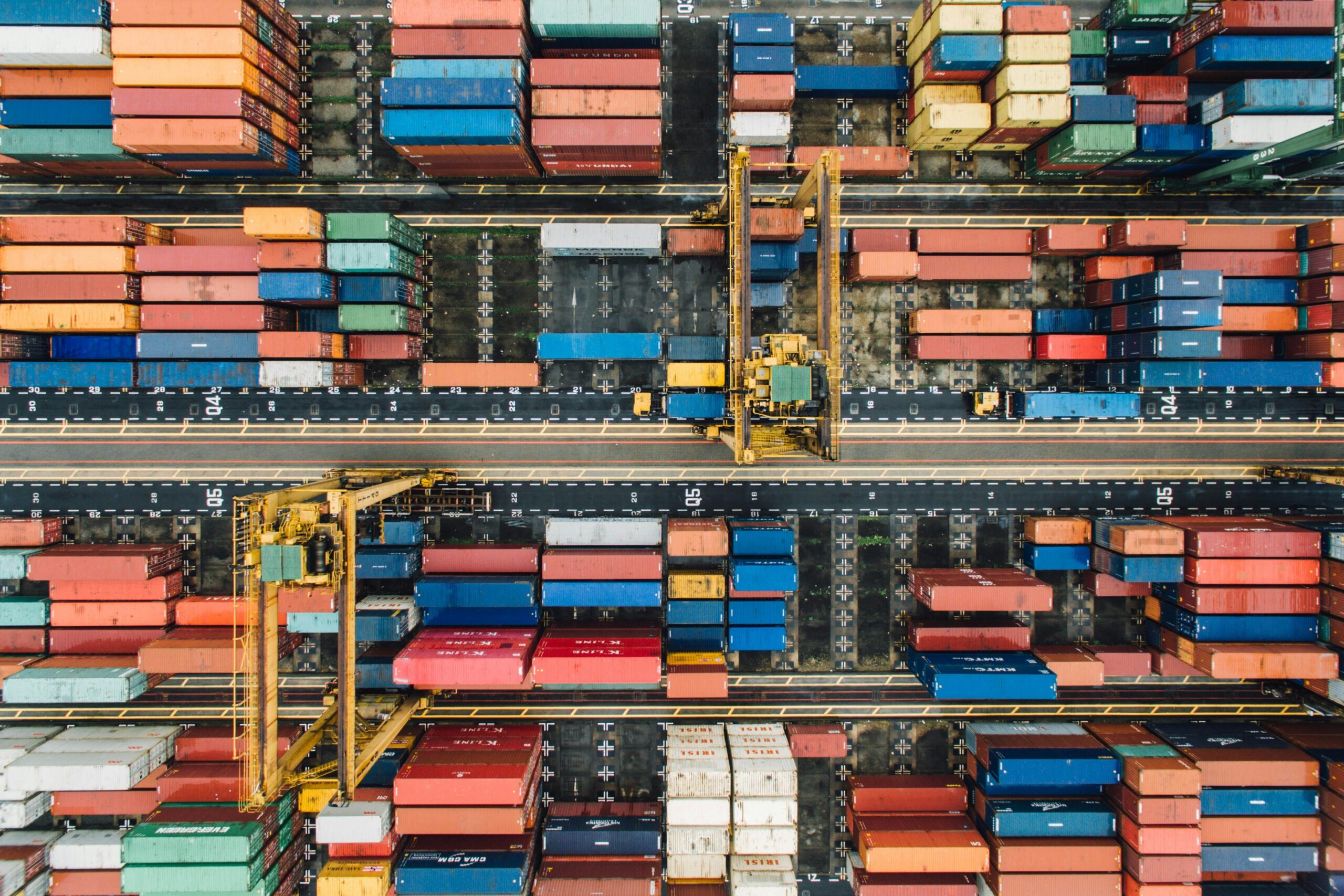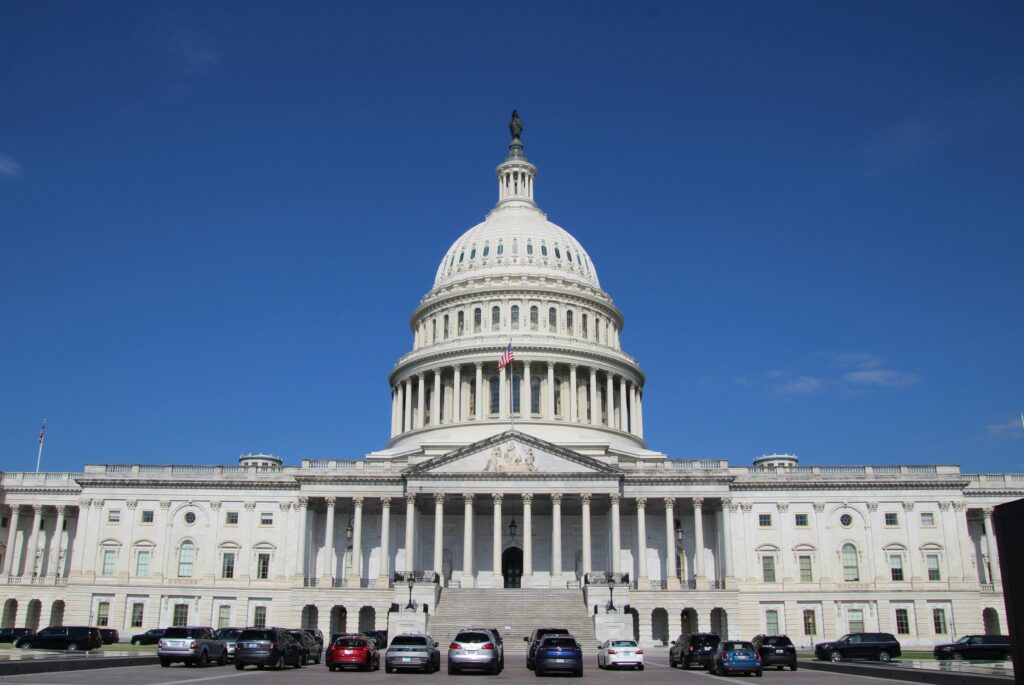“Ever stared at your logistics spreadsheet, wondering when the next geopolitical hiccup will throw everything into chaos? Yeah, us too.”
You’ve probably heard about political risk insurance—but did you know how connected it is to a robust supply chain risk assessment? In this guide, we’ll dive deep into why understanding both is your golden ticket to safeguarding your business against disruptions. By the end of this post, you’ll be equipped to assess risks like a pro and protect your assets with the right kind of insurance coverage. Let’s get started.
Table of Contents
- What Is Supply Chain Risk Assessment?
- Political Risk Insurance: Your Secret Weapon
- Steps to Conduct Effective Supply Chain Risk Assessments
- Best Practices for Minimizing Supply Chain Risks
- Real-Life Examples of Risk Management Gone Right (and Wrong)
- FAQs About Supply Chain Risk Assessment
Key Takeaways
- A strong supply chain risk assessment helps identify potential bottlenecks before they happen.
- Political risk insurance can mitigate losses caused by events like war or government expropriation.
- Proactive planning and regular audits are essential for maintaining supply chain resilience.
What Is Supply Chain Risk Assessment?
Think of supply chain risk assessment as your EKG for logistics—it monitors the heartbeat of your operations so you don’t flatline during unexpected crises. This process involves identifying vulnerabilities in your supply chain that could impact delivery times, costs, or product quality.

For instance:
– Supplier delays due to natural disasters.
– Customs holdups because of changing trade laws.
– Labor strikes interrupting production.
Political Risk Insurance: Your Secret Weapon
Now, here’s where things get spicy. Imagine losing millions because a foreign government decided your warehouse made an excellent parking lot (true story—look up “expropriation”). That’s where political risk insurance swoops in.
This type of policy doesn’t just cover stolen shipments; it also compensates businesses affected by:
- Currency inconvertibility.
- Non-payment from buyers affected by sanctions.
- Even acts of terrorism or civil unrest.
Steps to Conduct Effective Supply Chain Risk Assessments
Optimist You: “Let’s bulletproof our supply chain!”
Grumpy You: “Sure thing…if only coffee fueled my brain cells faster than these spreadsheets drain them.”* 😩
Here’s how to do it step-by-step:
- Identify Critical Points: Map out every link in your supply chain—from raw materials to final delivery.
- Assess Likelihood & Impact: Rate each vulnerability on two scales: How likely is it to happen, and how bad would it hurt if it did?
- Develop Contingency Plans: Create backup suppliers, alternative shipping routes, or emergency funds.
- Run Simulations: Stress-test your strategy using hypothetical scenarios (e.g., border closures).
Best Practices for Minimizing Supply Chain Risks
No one likes surprises—especially in their P&L statements. Here’s what works:
- Diversify Suppliers: Don’t put all your eggs in one basket. Work with multiple vendors across different regions.
- Negotiate Better Contracts: Include clauses that allow flexibility during emergencies.
- Leverage Technology: Use AI-powered analytics tools to predict disruptions based on global trends.
- (Terrible Tip): Stockpile Everything! Just kidding—hoarding inventory creates its own problems. Stick to smart forecasting instead.
Real-Life Examples of Risk Management Gone Right (and Wrong)
Case Study #1: When a major retailer ignored escalating tensions between countries, they faced massive stockouts after sudden tariffs were imposed. Lesson learned? Always monitor geopolitical climates closely.
Case Study #2: A tech company successfully navigated Brexit thanks to early investments in localized manufacturing hubs. Smart move, eh?

FAQs About Supply Chain Risk Assessment
Q1: What’s the biggest mistake people make in supply chain risk assessments?
A1: Ignoring small risks. Like cockroaches in a kitchen, tiny issues multiply quickly under pressure!
Q2: Does every business need political risk insurance?
A2: Depends. If you operate internationally or rely on overseas suppliers, absolutely yes.
Q3: Can I DIY my own risk assessment?
A3: Sure—but hiring experts ensures nothing slips through the cracks. Think of them as the Marie Kondo of organizational clutter.
Conclusion
Protecting your supply chain isn’t optional anymore—it’s survival. With solid supply chain risk assessment practices and strategic use of political risk insurance, you’re ready to navigate even the stormiest waters. Remember, fortune favors the prepared—not the panicked!
And hey—like Pokémon cards, your defenses only grow stronger over time. Keep tweaking those strategies until you’re unstoppable.
P.S. Bonus meme reference: Protect ya neck—and your supply chains. 🕶️


